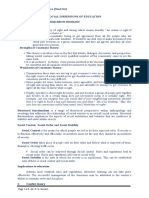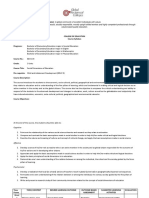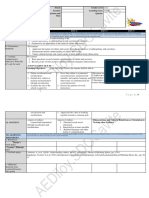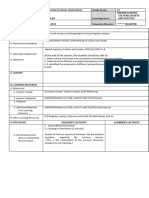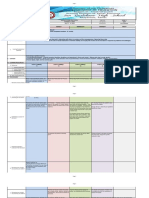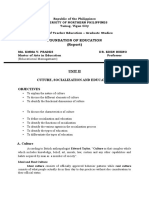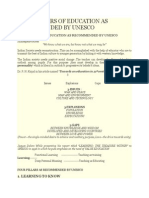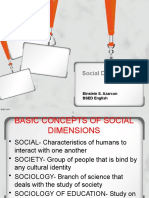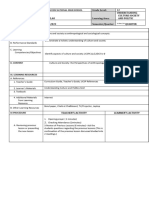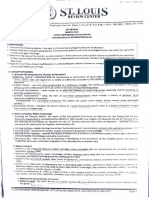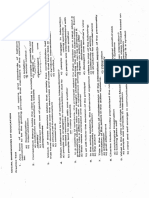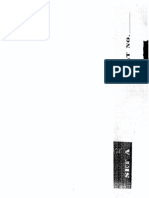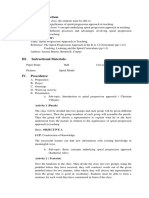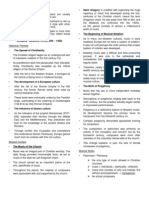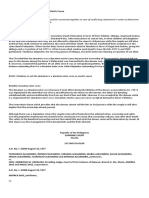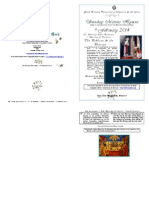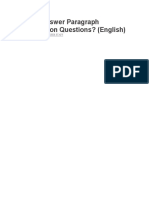0% found this document useful (0 votes)
53 views10 pagesLes On Plan Modify
The lesson plan outlines objectives, topics, and activities for teaching about the spiral progression approach. It will discuss the significance and concepts of this approach, as well as the processes and advantages. A variety of activities are designed for students to actively engage with the concepts, including puzzles, word games, problem-solving, and relay races. Assessment will include questions testing students' understanding of the significance, concepts, and processes of the spiral progression approach.
Uploaded by
Katherine Buhia AleoCopyright
© © All Rights Reserved
We take content rights seriously. If you suspect this is your content, claim it here.
Available Formats
Download as DOCX, PDF, TXT or read online on Scribd
0% found this document useful (0 votes)
53 views10 pagesLes On Plan Modify
The lesson plan outlines objectives, topics, and activities for teaching about the spiral progression approach. It will discuss the significance and concepts of this approach, as well as the processes and advantages. A variety of activities are designed for students to actively engage with the concepts, including puzzles, word games, problem-solving, and relay races. Assessment will include questions testing students' understanding of the significance, concepts, and processes of the spiral progression approach.
Uploaded by
Katherine Buhia AleoCopyright
© © All Rights Reserved
We take content rights seriously. If you suspect this is your content, claim it here.
Available Formats
Download as DOCX, PDF, TXT or read online on Scribd
/ 10




